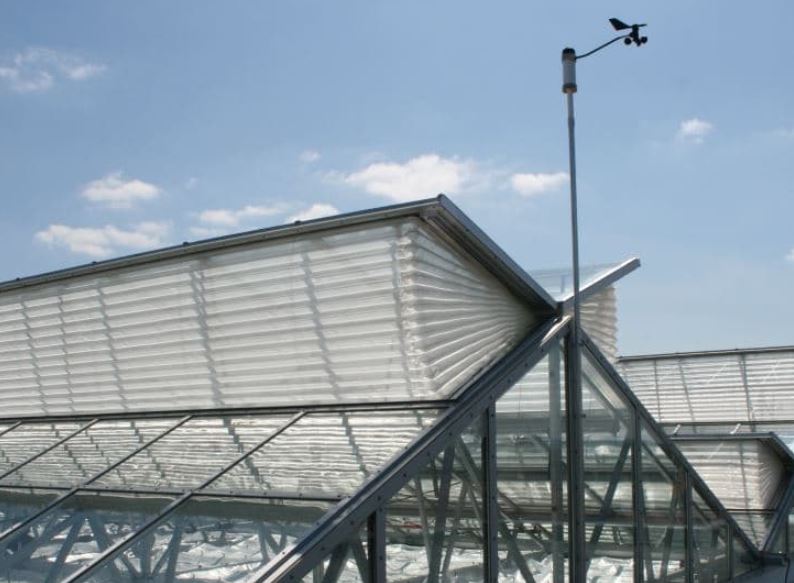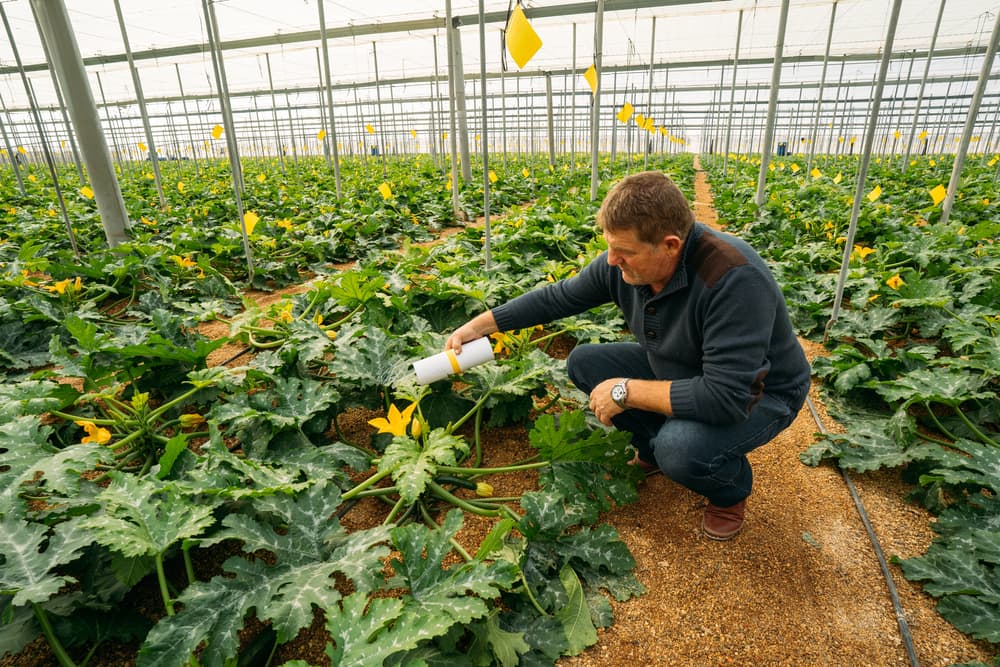There are several greenhouse pests that can be detrimental to your crops if not controlled through a comprehensive pest management program. Pest control in greenhouses is essential to maintaining the health and strength of your plants.
Reducing pest damage is and should always be a top priority for commercial growers or retail garden center operations.
Measures to Follow for Effective Pest Control
Greenhouse pest control is an important aspect of greenhouse management. Pests can cause significant damage to plants and reduce crop yield, which can have significant economic consequences for greenhouse operators. In addition, pests can also introduce diseases to plants, which can further exacerbate the problem. Therefore, it is important to implement effective pest control measures to ensure the health and productivity of greenhouse crops.
There are several approaches to greenhouse pest management, including structural, chemical, and biological methods.
Structural
Physical methods include smart greenhouse design, the use of barriers, such as insect screens and ground barriers to prevent pests from entering the greenhouse, and ventilation design considerations.
The first step is to prevent pests from entering your greenhouse. This step begins with good greenhouse design and continues with proper greenhouse maintenance. Concrete foundation walls and concrete floors are the best deterrents for pests entering the ground level. However, if the concrete is not in your budget, extend hard glazing (8mm PCSS, acrylic, or sheet metal) around your perimeter at least 12 inches below grade.
Use insect screens on doors, windows, and all vent openings, just make sure when it comes to covering ventilation that your greenhouse manufacturer has calculated the resistance of the screen when sizing your vents and fans. Insect screens can help keep out pests trying to enter the greenhouse.
Screen openings are sized based on the size of the pest you are trying to block, so thrip screens will have much smaller openings than a screen designed to stop mosquitos. And the smaller the opening, the greater the resistance is, so more surface area will be required to maintain the airflow your greenhouse needs, and fans will have to have increased power.
Pro Tip: Screens should be made of a durable material and must be kept in good repair to ensure their effectiveness.
Chemical
Chemical methods involve the use of pesticides to kill or control pests. These methods involve the use of pesticides to kill or control any pests that, despite your best efforts, still make it inside your greenhouse.
Many different types of pesticides are available, including insecticides, herbicides, and fungicides. Choosing the right type of pesticide for the specific pest being controlled, the indoor greenhouse environment, and your crop is important. Pesticides should be applied according to the manufacturer’s instructions to ensure their effectiveness and minimize the risk of harm to plants and humans.
Biological
Biological methods involve the use of natural predators or parasites to control pest populations.
For example, ladybugs are often used to control aphids, and predatory mites can be used to control spider mites. Biological control methods are generally considered more environmentally friendly than chemical methods, as they do not involve synthetic chemicals.
However, they may not be as effective as chemical methods in some cases. Also, when using biological controls, the physical barriers described to keep pests out are valuable for keeping your “good bugs” inside the greenhouse.
Overall, effective greenhouse pest control is essential for maintaining the health and productivity of greenhouse crops. By using a combination of physical, chemical, and biological methods, as well as implementing good cultural practices and monitoring for pests, greenhouse operators can effectively control pest populations and protect their crops. This is commonly referred to as Integrated pest management (IPM), and all commercial growers should have a solid IPM program to ensure the best care for their crops.
Helpful Tips For Maintaining Your Greenhouse
In addition to the above methods, there are several other strategies that can be used to prevent and control pests in greenhouses. These include:
-
Sanitation: Keeping the greenhouse clean and free of debris can help to prevent the buildup of pests and diseases. This includes removing dead leaves and plants and regularly cleaning floors and surfaces.
-
Landscaping: Keeping plants and grass away from the sides of the greenhouse
-
Cultural practices: Proper cultural practices, such as proper watering, fertilization, and pruning, can help to maintain the health of plants and make them less susceptible to pests and diseases.
-
Pest monitoring: Regularly monitoring for pests can help to identify problems early on, before they become too severe. This can help to reduce the need for more intensive pest control measures.
Keep Your Plants Thriving With a Top-Quality Greenhouse Structure
A greenhouse is a smart investment, and it needs to be kept clean and free of pests. Greenhouse users can efficiently manage pest populations and safeguard their crops by combining structural, chemical, and biological measures with the application of appropriate cultural practices and pest surveillance.
Since 1979, GGS has been a world-class designer, producer, and installation of commercial greenhouse structures. Whether you want to expand and take advantage of the numerous prospects available in this field or you’re searching for optimum efficiency, GGS Greenhouse professionals put your requirements first. Contact us today!



